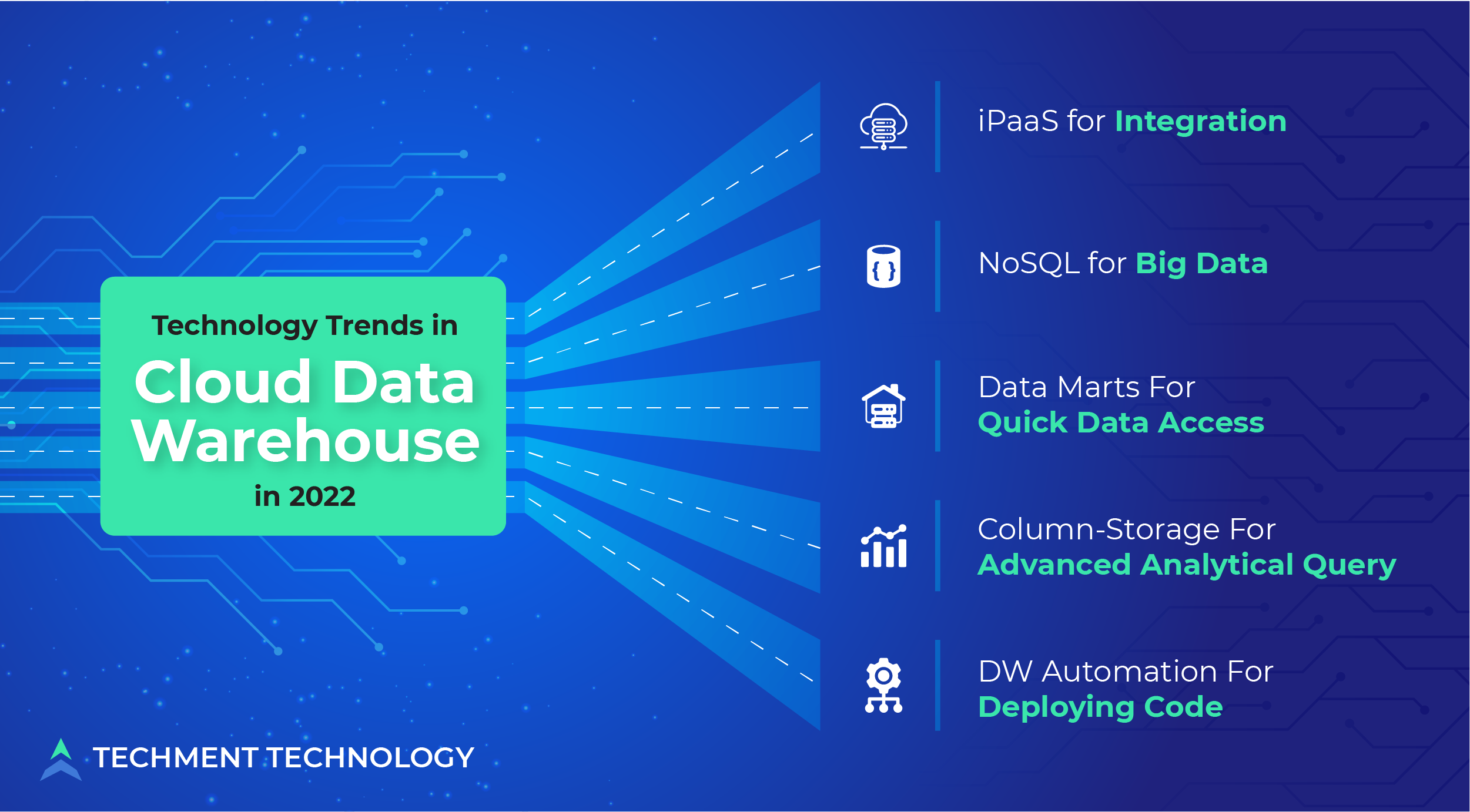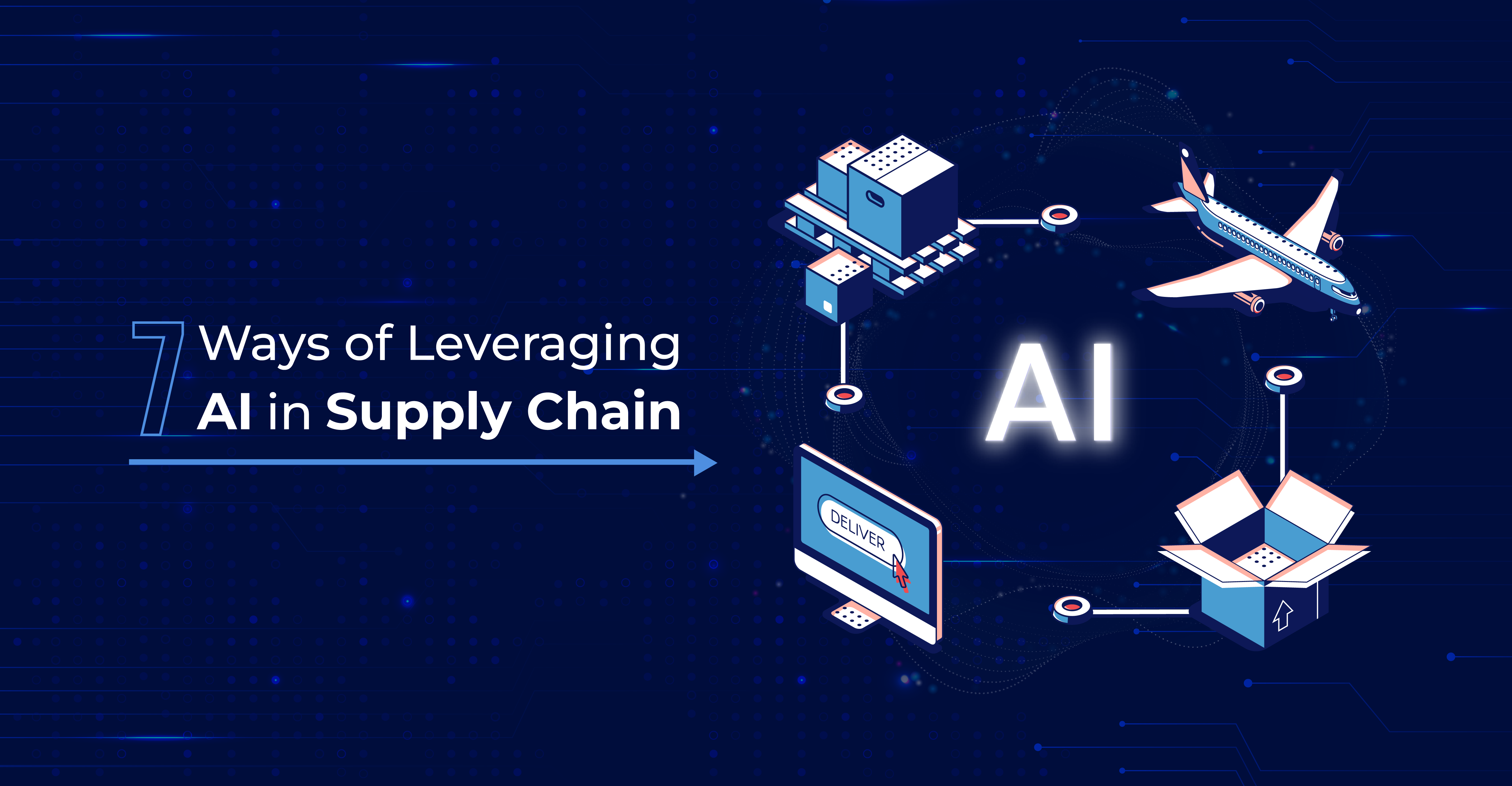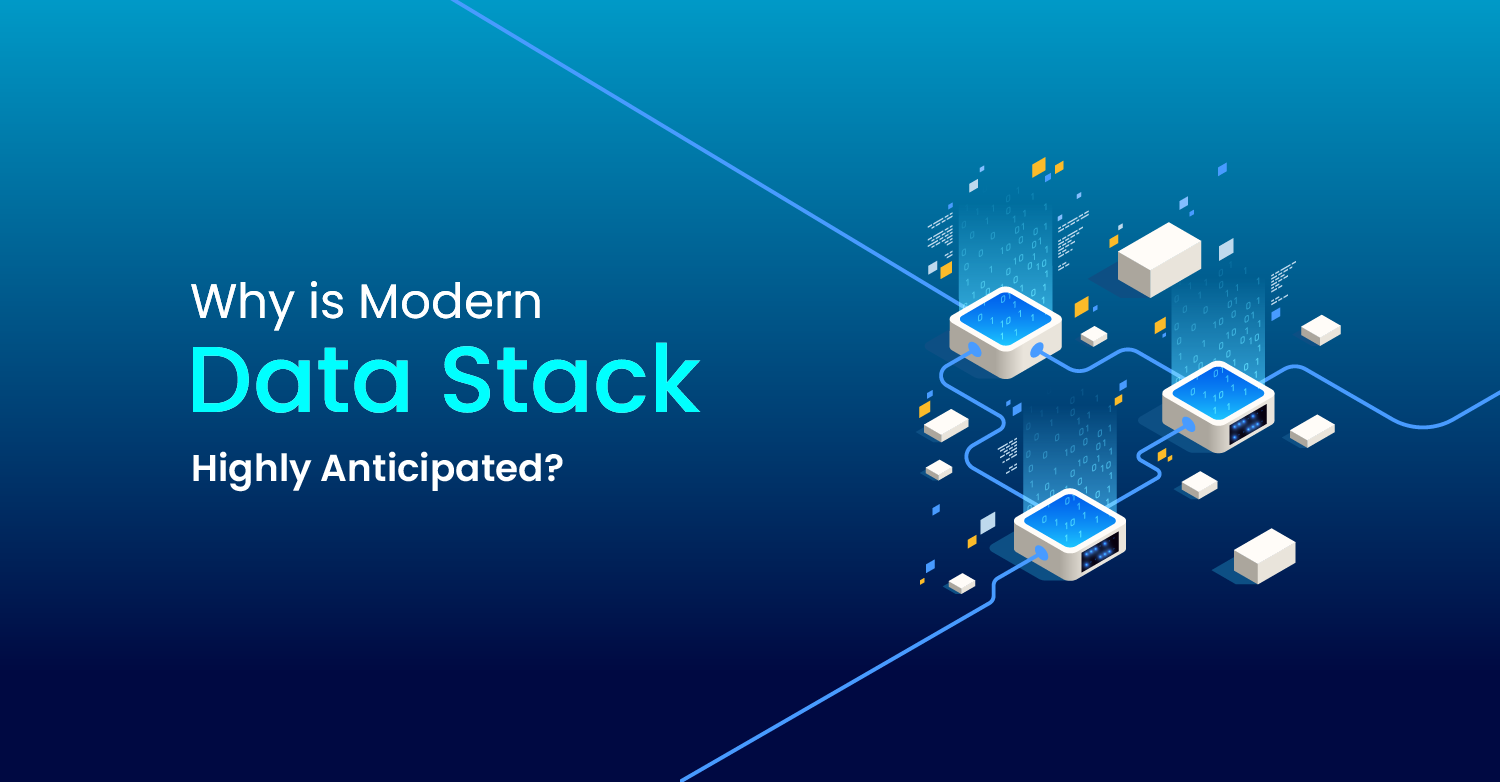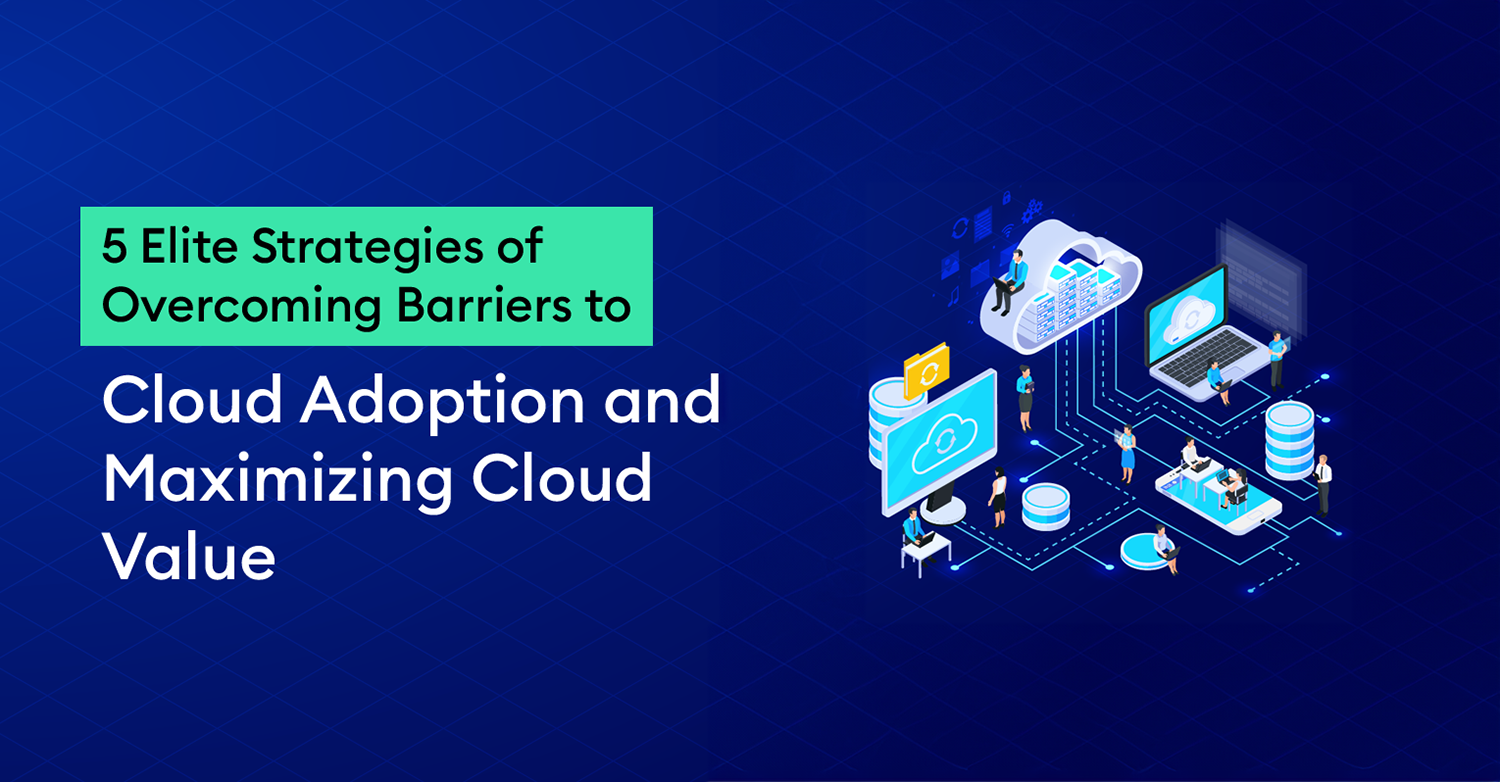Rearchitecting Components of Data Warehouse (DW) for Migration
Many businesses facing costly on-premise product renewals are aggressively migrating their data to the cloud. It is important to recognize product life cycles and plan for cloud migration accordingly. We are now witnessing a new wave of innovation in data warehousing technology with the advent of cloud data warehouses. As businesses do cloud migration, they are moving away from their old on-premises data warehousing technologies, to these new cloud data platforms. The transformation is a huge shift in data management and has profound implications for businesses.
Technology leaders in large enterprises are working to develop and own a cloud strategy for data storage to move some or all of an organization’s data warehouse architecture to the cloud. Some of these organizations have vast amounts of data in multiple legacy systems that require a lot of time and money to implement and maintain these systems. Cloud data warehouse has significantly reduced the concern of wasting large amounts of data from over-provisioning servers to handle data requirements.
Technology Selection: Businesses require a strong knowledge of cloud architectures, data lakes, storage options, and cloud subscription models to make technology choices.
- The leading public cloud providers have many data-related services and continue to innovate rapidly. There are also many third-party options to choose from.
- Your data-related technology selections and the roadmap to implement them must also align with the business strategy and priorities. The ability to support or migrate your existing data movements, ETLs, and security model must also be considered.
- Using a partner with a cloud platform and data migration experience is often something worth considering. This is especially the case for technology selection and migration planning.
Technology Trends in Cloud Data Warehouse in 2022
Cloud-based data warehouses are a vital enabler for the move of data science and analytics in the cloud. Cloud data warehouse solution providers have integrated data science and analytic tools hosted directly inside of their data warehouse offerings. This is an example of how cloud data warehousing has affected data science and modern analytics in general. As new advancements take place in CDW, companies shifting towards the cloud must consider these trends.

- iPaaS (Integration Platform-as-a-Service) for Integration: Large enterprises use iPaaS to integrate data and applications that live on-premise and public and private cloud. This allows to build and deploy complex integration projects with two or more connections with SaaS as a technology connector for common databases.
The traditional ETL is a way to combine data from multiple systems to a single database, data store, and data warehouse to analyze and drive business decisions. With iPaaS systems share data via API endpoints and provide security with API policies like data and authorization. - NoSQL for Big Data: Sometimes the database isn’t organized and data in various forms like text, pictures, videos and becomes impossible to build schema hence to process an unstructured data or big data led to the development of schema-less alternative that provides greater flexibility than SQL solution. This is more flexible than traditional databases as they are document-oriented instead of tables (like in SQL). Especially when the data warehouse is comprised of unstructured and frequently changing data.
What makes NoSQL well suited for big data, high volume databases, and high variety online applications are, NoSQL is not confined by a fixed schema model and its horizontal scalability that increases storage capacity and compute capacity for big data.
- Data Marts For Quick Data Access: A subset of data warehouses that focuses on a particular line of business and provides data insights for a particular group of users for better insights, is called a data mart. More precisely it is a focused version of the data warehouse and needed by a single team in an organization. Building it involves multiple technologies and tools to populate with data and set up access and management protocols.
Data Marts also help scale the cloud data and speed up the processing power. Since it focuses on specific requirements, it is a more agile approach towards cloud data warehousing. Hence the ability of data marts to pull data from disparate sources and make it accessible to business users is making it a rising trend in data warehousing. - Column-Storage For Advanced Analytical Query: When it comes to advanced analytics, column-based storage is a preferred choice to store data in a cloud data warehouse, as data can be more easily compressed, with less disk space, and the query may take less time to compute.
It is often called the future of business intelligence(BI) as they help in easy decision making by better structuring the data repositories and also data compression techniques are more effective. - DW Automation for Deploying Code: Automation in cloud data warehousing is fast replacing conventional approaches to achieve better data-driven insights and synthesizing data for better business reporting purposes. This provides business agility and faster time-to-market. Data warehouse automation lets us extract real-time data and analysis of cloud and web application services.
The cloud migration of data warehouses brings all the benefits of cloud-like agility, cost, effectiveness, scalability, and performance. With cloud data warehouse automation, your team can quickly keep up with new infrastructure and migration projects and increase development and operations capabilities. This is the best way to maximize your organization’s return on cloud investment.
The need for transformation is compelling companies to move towards the cloud as the entire on-premise structure cannot move towards it.
Taking Security Consideration will Accord Data Warehouse Migration Towards Cloud
Databases cannot provide the flexibility and computing power to meet business needs, and a traditional data warehouse is not efficient for most businesses. Cloud Data warehousing becomes the best solution for companies to make smart business decisions while staying in the competition.
A challenge like security is a concern when considering the cloud, especially for data and service providers need to track customer’s data. Though service agreements do exist, the vulnerable entities could still be altered or deleted. Hence protection of cloud data has a long way to go. A large variety of applications that businesses use today requires a huge amount of data present in different formats in data warehouses and managing this is a huge task for engineers. Hence data warehouse migrating towards the cloud for hassle-free working is obvious.
For more knowledge on cloud integration tools and software to support business operations, get a free consultation from us.
 All Posts
All Posts


